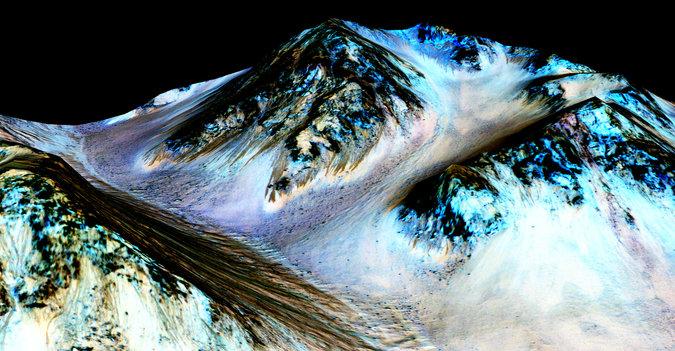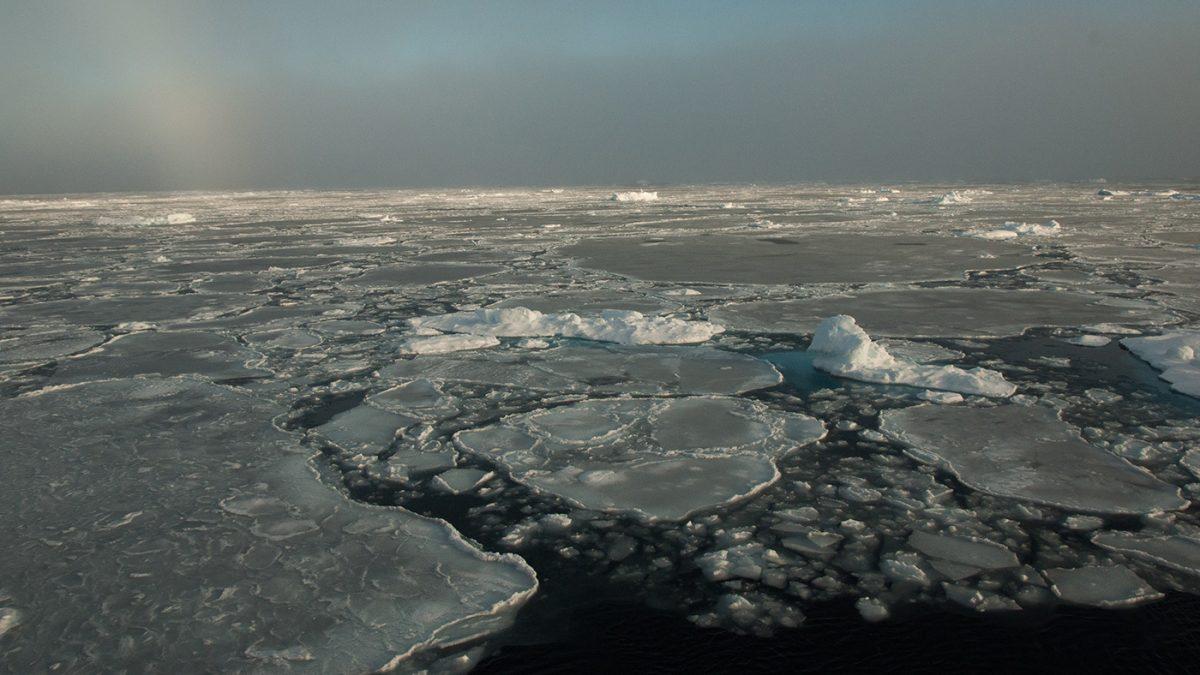Research reopens question of life on other planets
A confirmation of liquid water on Mars has rekindled the research on the Red Planet as a place with the possibility of life. Though scientists have known for years that there is ice on the frozen caps on the poles of the planet, the discovery that there is liquid water present on the planet is completely new.
The discovery was brought about by the observation of photographs that were taken by NASA’s Mars Reconnaissance Orbiter. The pictures showed long, dark streaks down canyons and mountains lengthening during the summer and becoming more faint in the winter.
The lines were named “recurring slope lineae” or RSLs. The difficulty for scientists lay in how to find out more about the lines. The answer came with the ingenuity of a graduate student named Lujendra Ojha at the Georgia Institute of Technology.
Ojha worked with the Orbiter team to find a way of using specialized equipment to find out more about the molecular structure of the RSLs. The equipment used was a spectrophotometer, a machine that looks at the colors of light that a substance absorbs in order to determine some of its molecular properties. The use of this technique led to the discovery of perchlorates, a very specific type of waterlogged salt molecule.
“That’s a direct detection of water in the form of hydration of salts,” said Alfred S. McEwen, a professor of planetary geology at the University of Arizona. It is necessary for there to be liquid water in order to have water present in these molecules.
This discovery is not the end, however. The presence of water just raises more questions. Where is the water coming from? Is it enough to support life, and is it possible that life exists on Mars right now? The answers to these questions remain unclear, although there is hope for further discoveries as technologies develop. In the meantime, speculation and research on the possibility of Martian life will increase, with NASA incorporating the new findings into their plans for future exploration.
If life does exist on Mars, it is most likely in the microbial form, as it is difficult to believe that any other organism would be able to find such a saline environment habitable. There are already plans for preventative measures that would keep microbes from Earth from transferring to Mars as a new Mars Rover lands in 2020. Though the heat from Mars would most likely “bake” off any of Earth’s microbes, the rover will be landing far enough away from the RSLs to avoid any direct contact with the water.
As the research progresses over the next few years, the possibility of alien neighbors, even very tiny ones, may become very real.
Photo Courtesy of The New York Times




